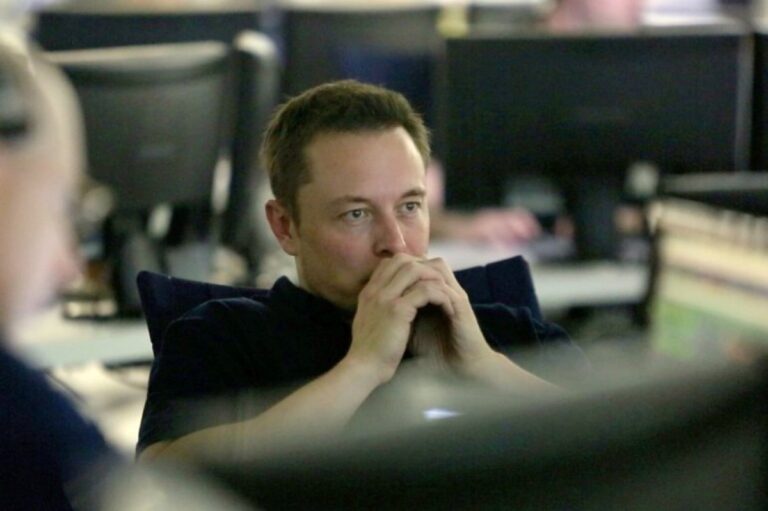Pivotal Considerations Before Moving Forward with a New Product

What questions should entrepreneurs ask themselves before launching a product? Originally appeared on Quora: the place to gain and share knowledge, empowering people to learn from others and better understand the world.
Launching a product ain’t easy. So, the first question you should ask yourself is:
Is It Ready?
When Samsung launched its Galaxy Note 7 smartphones, it thought the device might rival the dominance of Apple’s iPhone, the world’s best-selling smartphone. But a battery defect caused some of handsets to overheat and explode in consumers’ hands, pockets and (sometimes) faces. The problem: the company failed to adequately check its design and manufacturing processes. The lesson here is simple: make damn sure your product is fail-proof before launch. If it isn’t completely ready, you could incur massive losses; in Samsung’s case, it had to recall 1m Galaxy Note 7 handsets, costing the world’s largest smartphone maker an estimated $5bn, not to mention the reputational damage.
What Problem Does It Solve?
The most successful products solve problems. Entrepreneur.com advises people not to start a business, but to find a solution to an issue. Uber solves a common problem for a portion of its consumer base: taxi drivers, who face the challenge of knowing where demand is in real time, and how to get as close as possible to that demand. To a lesser extent, Uber solves a problem for consumers too: in cities such as Paris and San Francisco, getting a cab is near impossible, often too slow, and generally over-priced. This strategy does not always work. When asked what consumers wanted, Henry Ford reportedly once said, before transforming transport by introducing mass production of the motor car: “They would have said a faster horse.” Like Ford, the best entrepreneurs often anticipate problems before consumers do. Indeed, The Guardian says the best moguls search for questions, not answers.
Who Is It Solving The Problem For?
Knowing your target market is critical. Who have you built the product for? And what evidence is there that this crop of consumers will buy it? A good way to start is to list the benefits your product will provide consumers with. For example, a graphic designer who offers high-quality design services will provide his/her clients with a professional company image, which could help to attract more customers, which ultimately makes the client more money. Once you have the benefits listed, create a list of the people who have a need that your benefit fulfils. Then get specific. Consider age, location, gender, income level, occupation, ethnic background, and so on. Figure out who not only needs your product, but who is most likely to buy it. Then critically evaluate your choice. Are there enough people who fit your demographic? Can they afford your product? Can you reach them with your marketing? Defining your market is the hard part, but once you know who you are targeting, it will be easy to hit them with killer messaging, and ultimately easier to sell them your wares.
What Makes It Unique?
There are tonnes of ideas out there. And, chances are, your product has already been dreamt up by someone in a garage somewhere, hoping to be the next Zuckerberg, Gates or Musk. To make your product a success, it needs to have a UVP, or unique value proposition. This will quickly and accurately convey what your product offers consumers, and will differentiate you from any competition you may face. Of course, it is not always the entrepreneur who comes up with the idea first who always wins. Before Facebook, there was Friendster, MySpace and Bebo.
There are other factors at play here. A strong marketing and pricing strategy, and in the case of Facebook, a visionary founder, will contribute to a product’s success. But those who find a way to stand out from the crowd, more often than not, are successful.
Contributed by Tommy Mello, , Primary owner on 14 LLCs, and expected to do over 20 million combined this year








